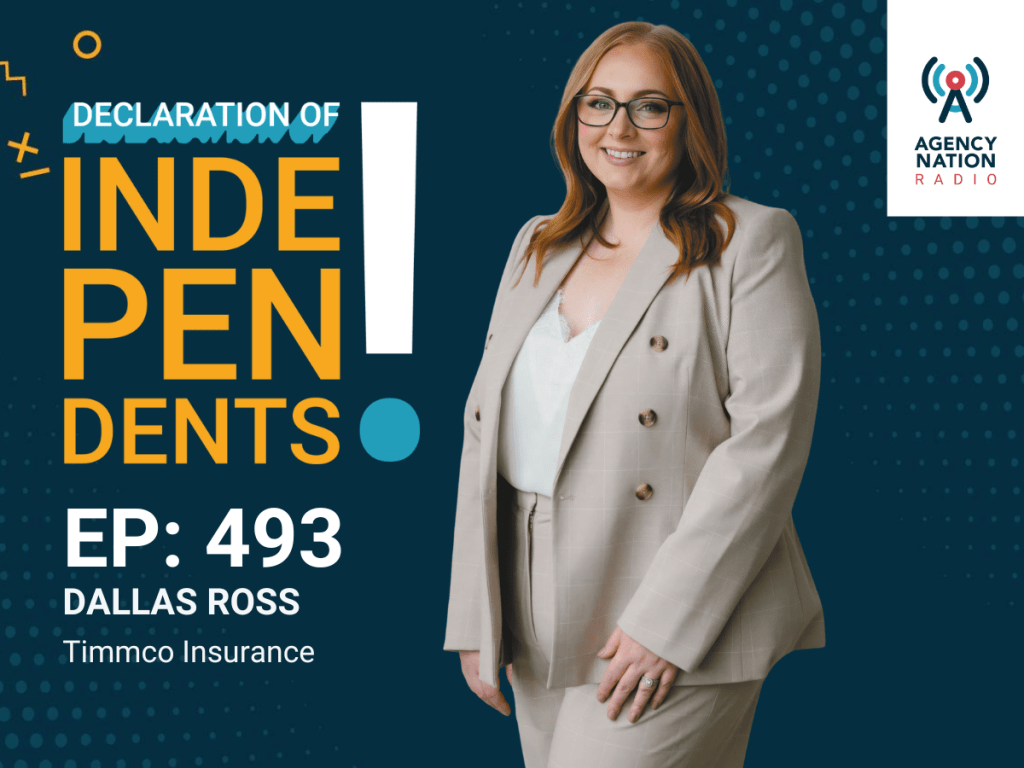The Next Chapter: How Risks Evolve After Retirement

By: Joe Ross
Everyone in the insurance business has spent a fair amount of time thinking about what risk means and how the products and solutions the industry provides can help protect against it. But not enough people have thought through one category of risk—the risks that emerge during retirement.
Pre-retirement, clients typically have three major financial concerns: paying off their mortgage, sending children to college and income replacement should a major breadwinner unexpectedly pass. However, these financial concerns typically subside over time.
As people move into retirement, new risks emerge, which become more daunting as the decades pass.
Common in-retirement financial risks include stock market corrections, home ownership expenses, low interest rates, increasing tax rates, being under-saved and spending too much too soon.
Another is the rising cost of health care. The simple fact is that the older we get, the more likely we are to use health care. Also, not everyone is aware that Social Security income decreases with the death of a spouse, usually from one-third to one-half is lost.
Here’s a hypothetical of how these three financial risks can come together over a relatively narrow band of time to create a significant strain on retirement resources—and how life insurance can help.
A husband is five years older than his partner and has become a little frail. He’s been in a nursing home for a few years, which costs $100,000 per year, and it is putting a strain on their resources.
Additionally, there’s been a stock market correction that’s further reduced their retirement resources, a tax rate increase, and the furnace, air conditioner and water heater in their home need to be replaced.
During their first few years of retirement, their risks have grown considerably, and their financial situation now appears to be in peril, leaving the husband wondering if his spouse will be financially secure after his death.
Wouldn’t it be incredible if soon after the husband’s death, an income tax-free life insurance check appeared in his partner’s mailbox, helping to restore the value of the retirement resources and providing an increased confidence that the money won’t run out over the remaining years?
Life insurance is not one-size-fits-all. However, a “portfolio approach” that includes multiple life insurance policies that work together to help protect against the financial risks for the 20-40 years prior to retirement, as well as the in-retirement risks later, may be worth considering.
Pre-retirement risks will likely shrink over time and life insurance can be thought of as protection for if someone were to unexpectedly pass. The in-retirement risks will tend to grow over time and require a different take on a life insurance policy. It’s for when someone passes.
You can work with your clients to bring together one or more term policies to insure against transitory risks with a permanent life insurance policy to provide protection, coverage and security over the entirety of their lives. If the coverage portfolio is put together well, the term life coverage will end just as those pre-retirement financial concerns are fully gone, while the permanent life insurance policy remains in force for the rest of their lives. This approach has the potential to become a win for your clients. When you’re thinking about addressing your client’s lifetime of potential risk, consider how risk ebbs and flows and how a combination of term and permanent life insurance can provide the financial security your clients expect from you.
Joe Ross is vice president, sales productivity and business development, at Corebridge Financial.
This material is general in nature, was developed for educational use only, and is not intended to provide financial, legal, fiduciary, accounting or tax advice, nor is it intended to make any recommendations. Applicable laws and regulations are complex and subject to change. Please consult with your financial professional regarding your situation. For legal, accounting or tax advice consult the appropriate professional.










